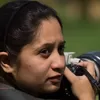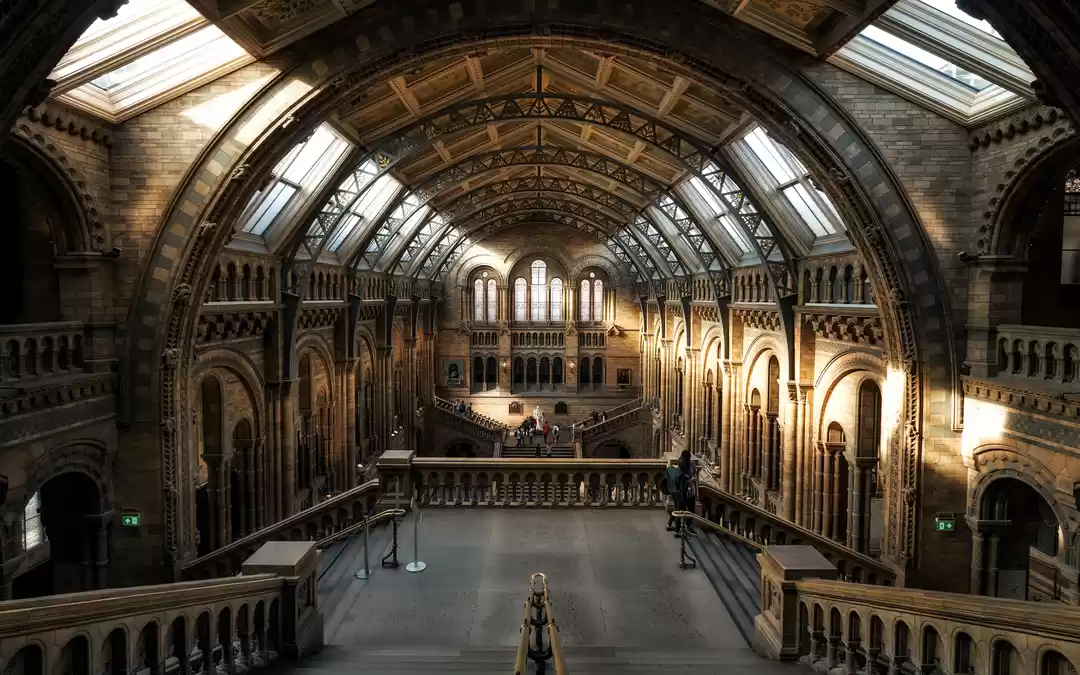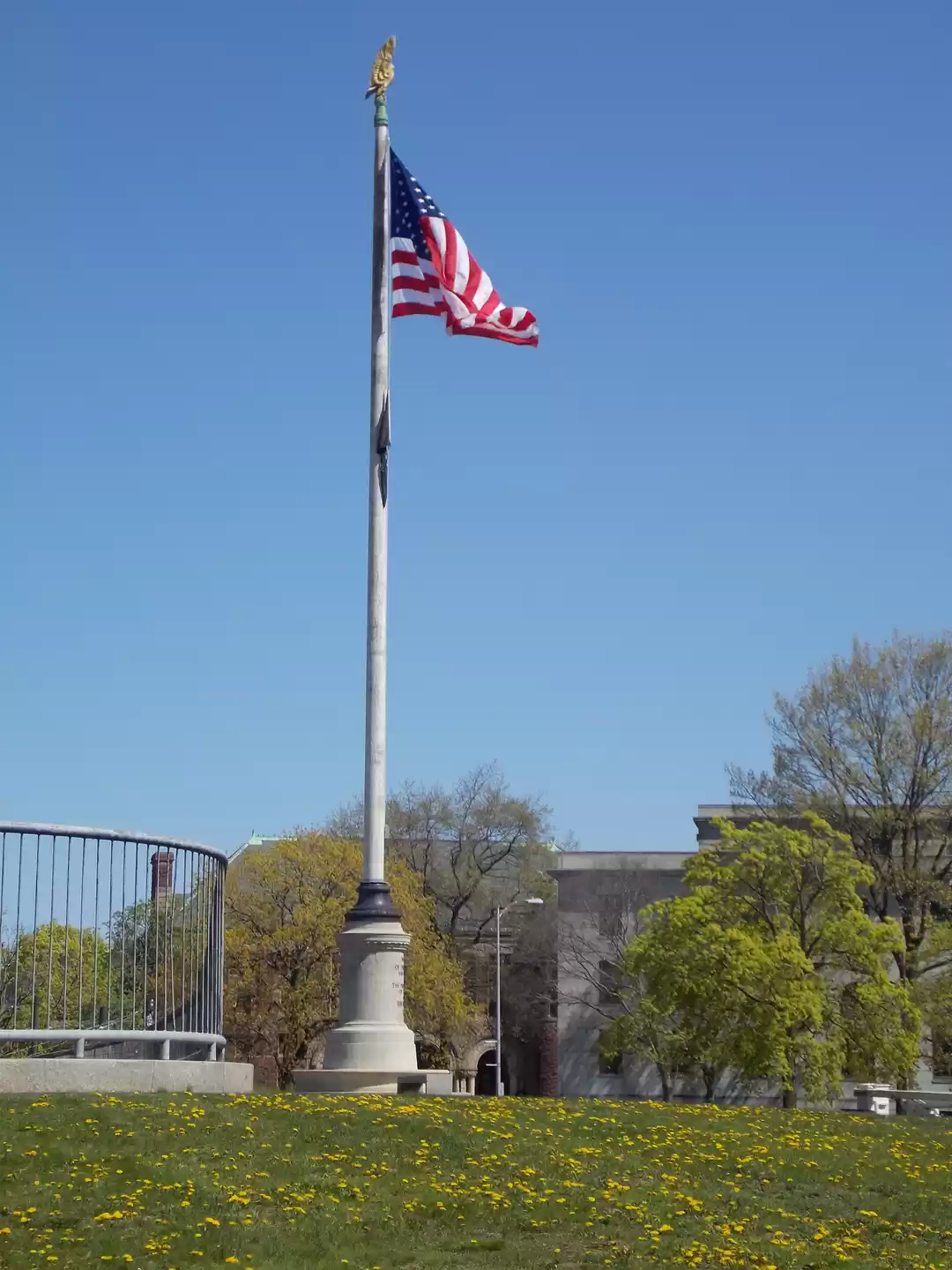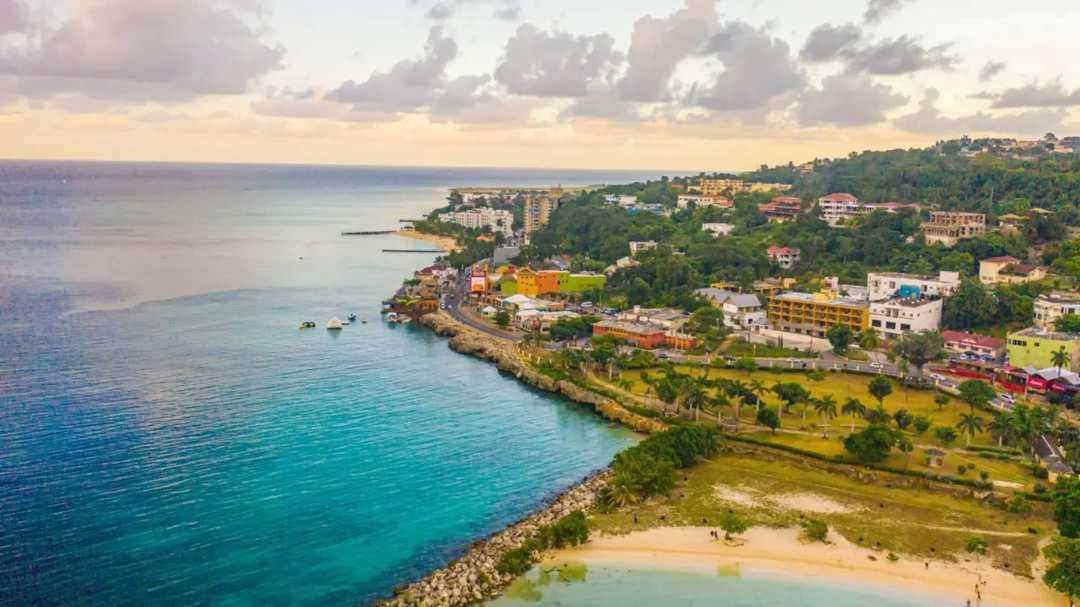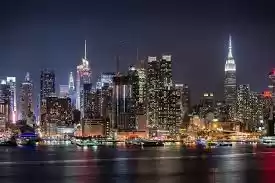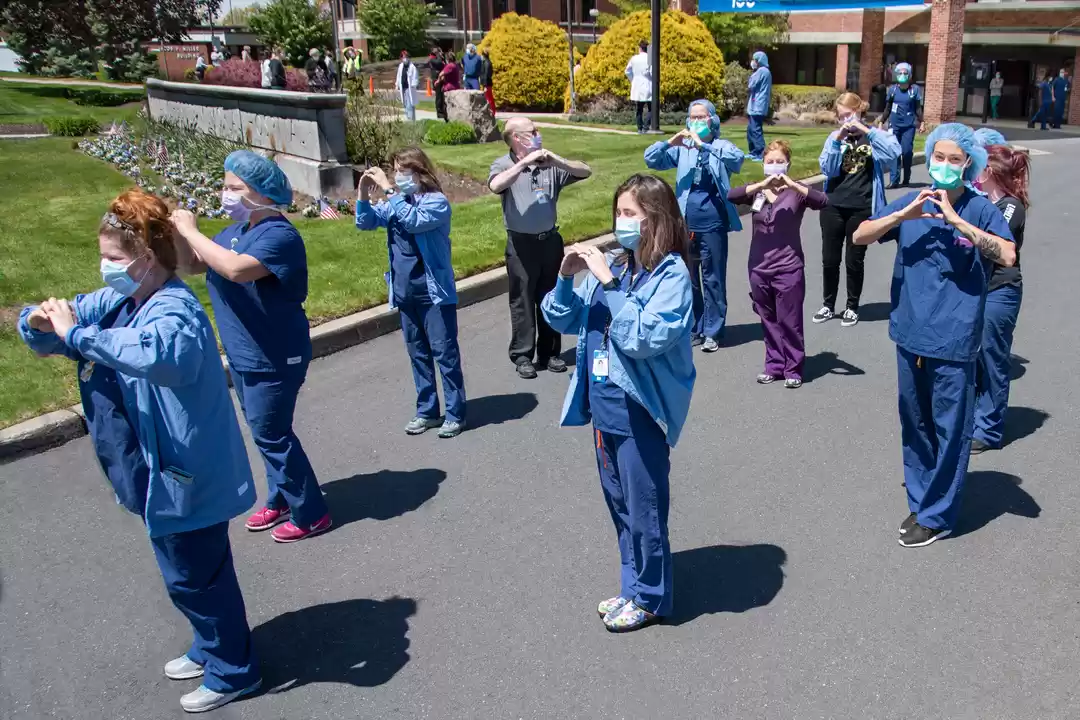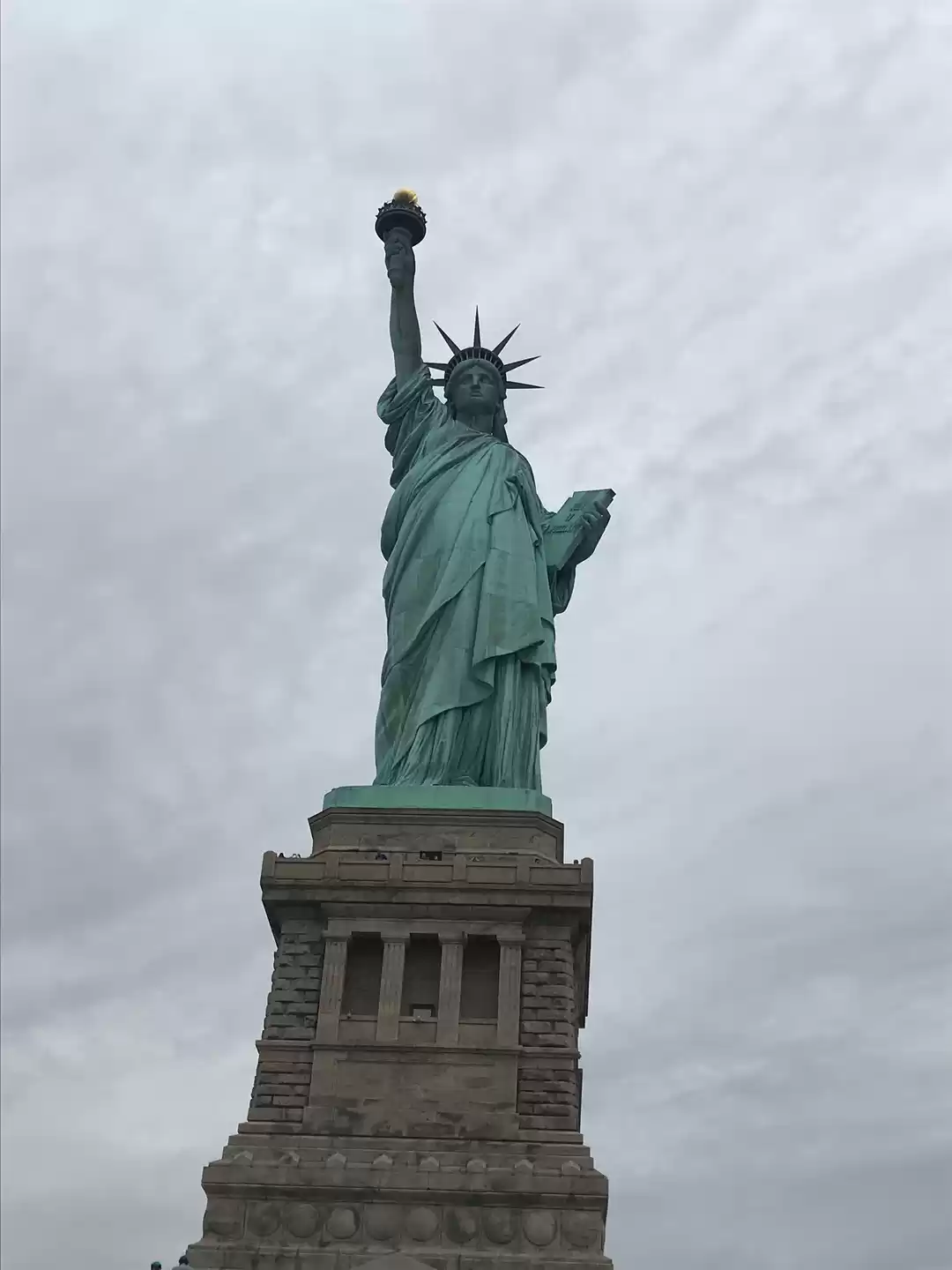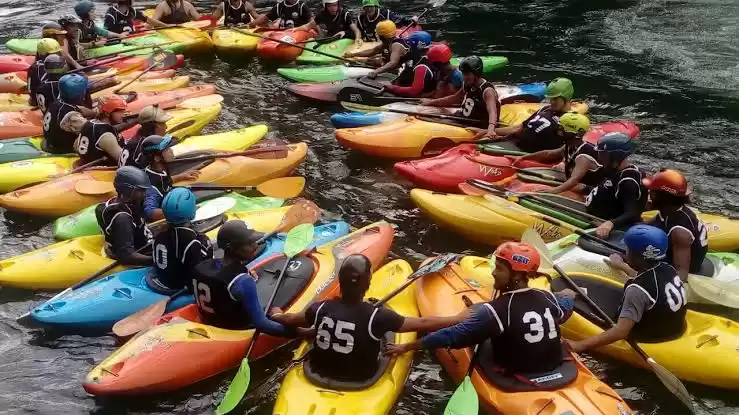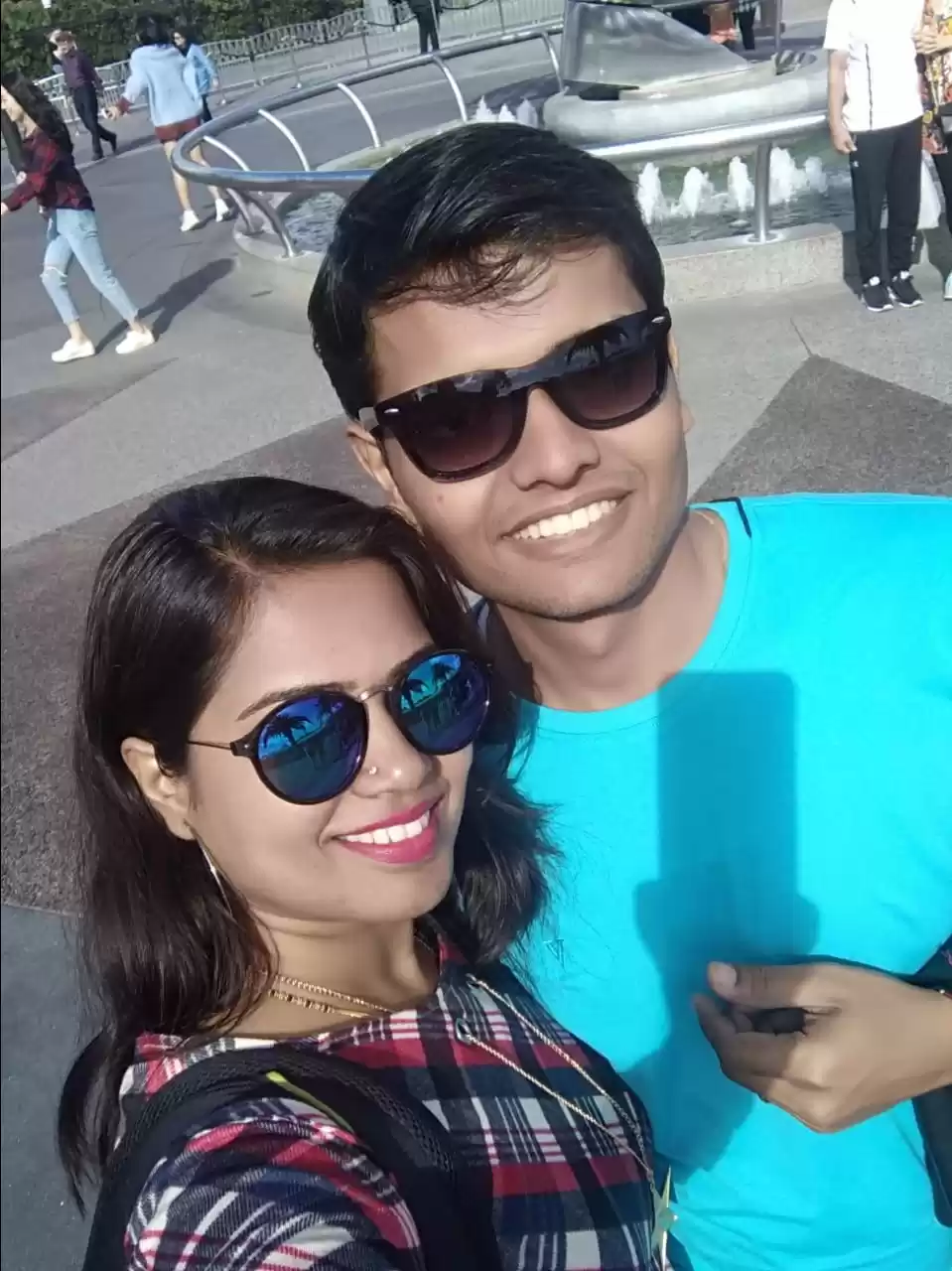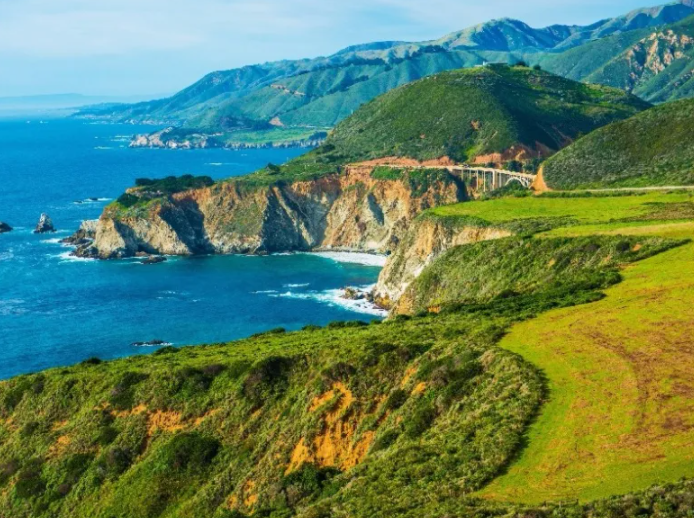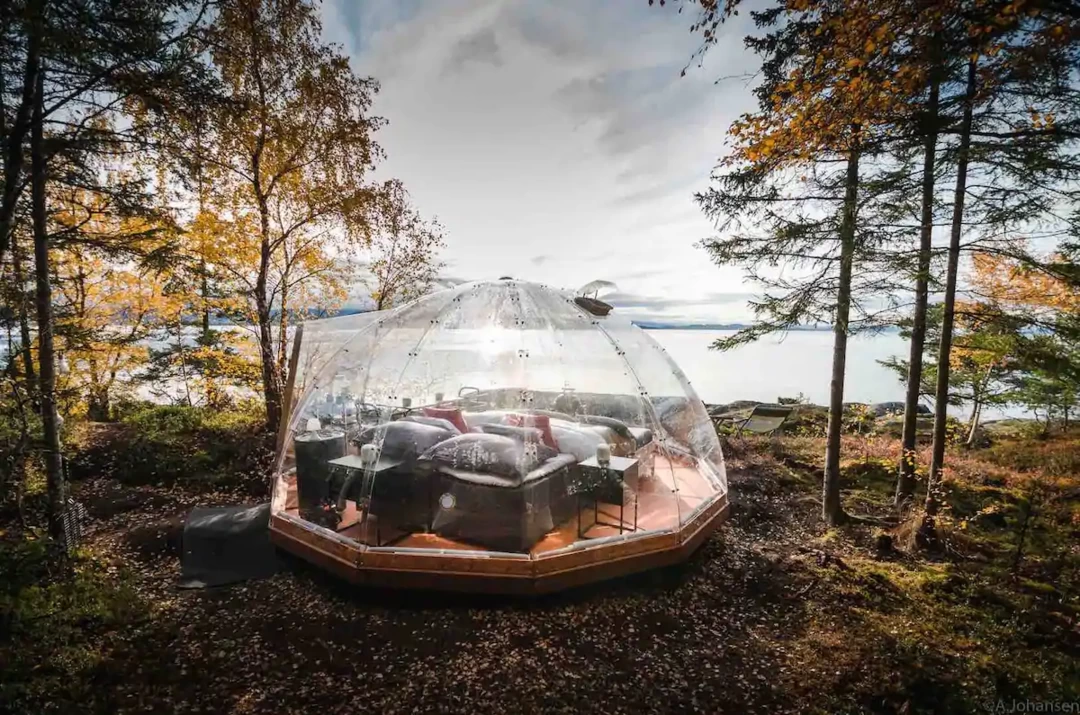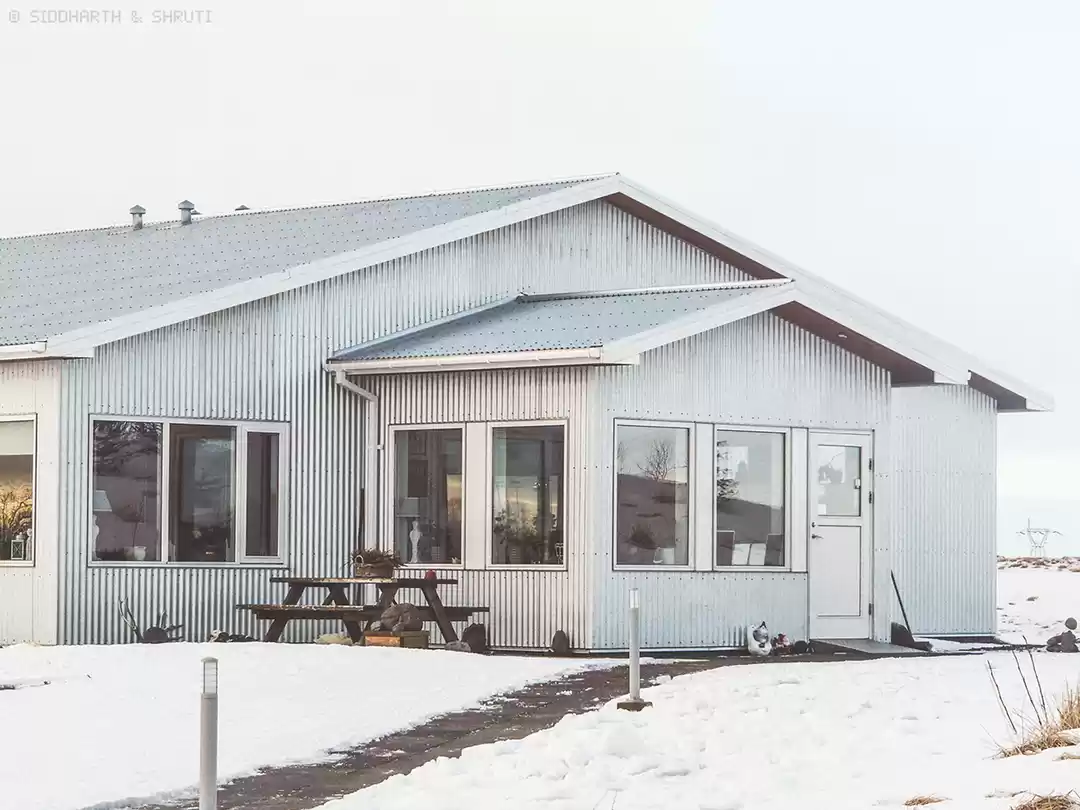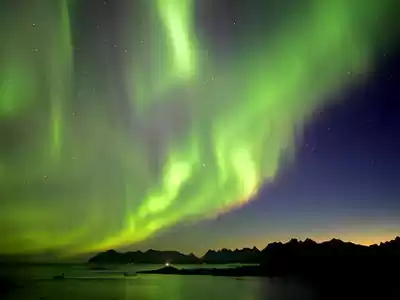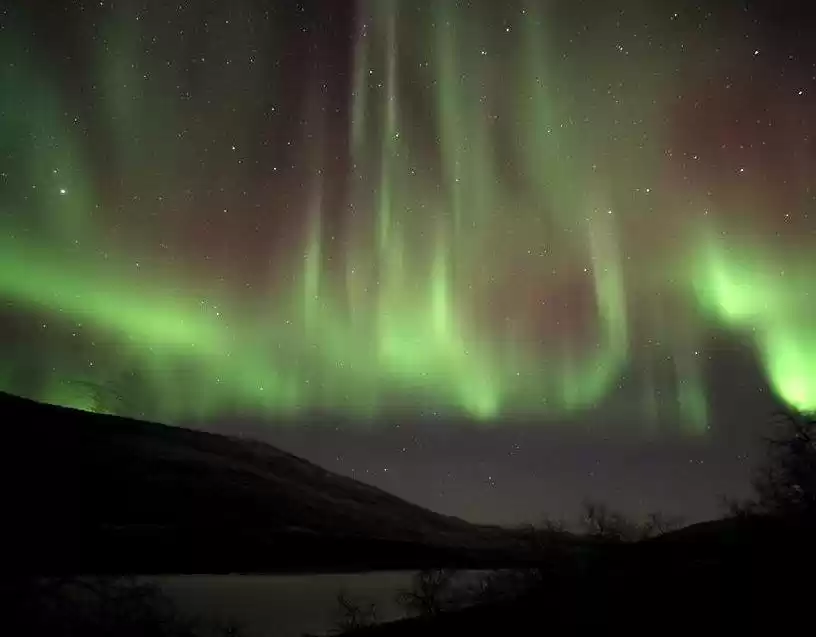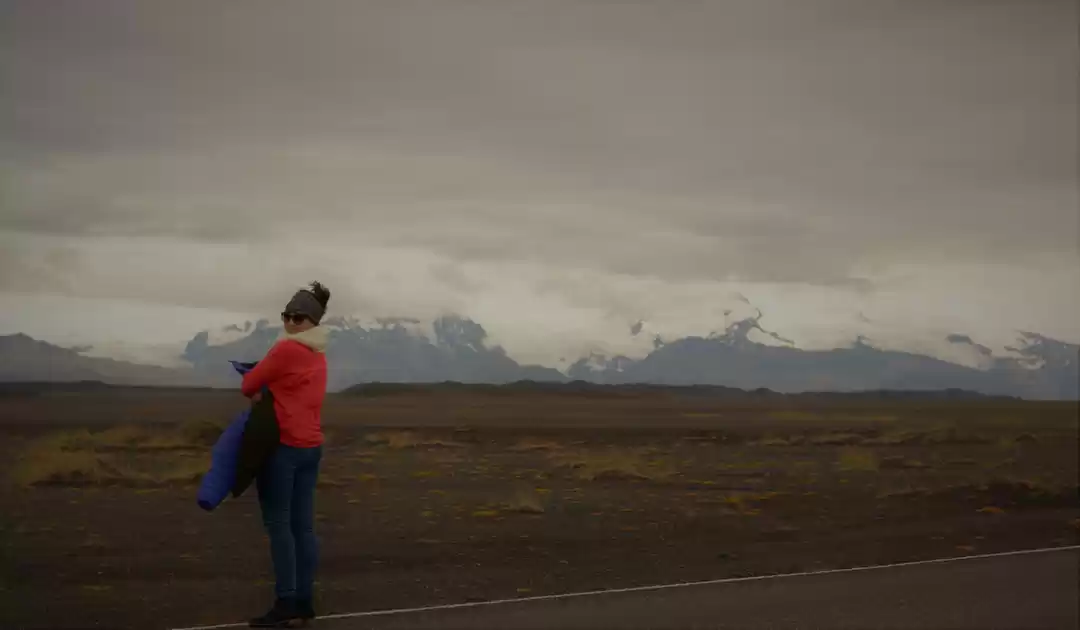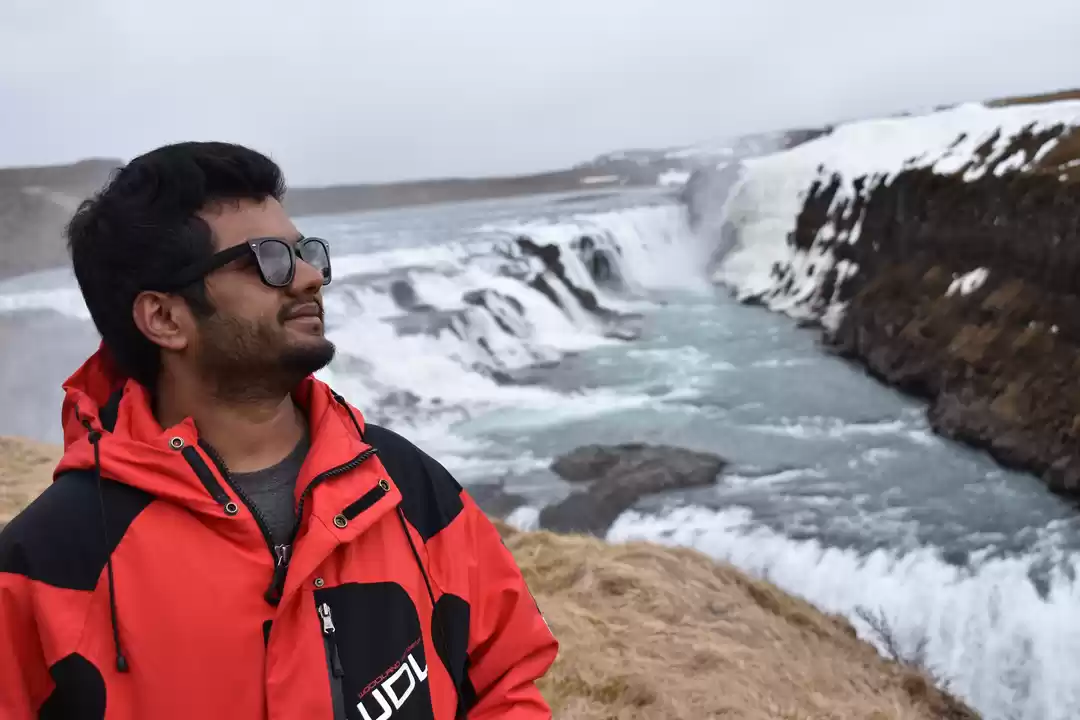
Nature has always enticed me, and the nature-obsession only grew with my moving to the bustling metropolitan called Mumbai. Nature escapes now became a way of life, to break free from urban chaos and understand the world and myself a tad better. Naturally, Iceland, was on the top of my travel bucket list.
Mesmerising landscapes and peculiar geology definitely attracted me to this forlorn island, but perhaps what made it a pressing desire was to witness one of nature’s greatest marvels –the northern lights! Being a photographer, I had spent hours drooling over Insta-worthy images of skies adorned with the dance, like brilliant rays of hope! I had read and re-read accounts of light-chasing, as travellers armed themselves with all the know-how to get that one successful, spectacular sighting! I could wait no more, so me, my husband and my brother planned an Iceland road trip to chase these lights for ourselves!
Setting off to chase the lights!
And so a 12-day Icelandic ring-road trip, driving a dusty Duster was planned in September. While days would be spent marvelling at the crashing waterfalls and sprawling glaciers, nights would be dedicated to tracking the Aurora Borealis. Most of our trip involved us staying in the remote countryside, in hopes to maximise our chance of enjoying the dancing skies. To actively track them, it was important to know about the science behind this alluring phenomenon.

The Aurora occurs in the magnetic polar regions of the northern and southern hemispheres. In this rarefied atmosphere, certain electrically charged particles are emitted from the sun during a solar flare, and collide with the atmosphere’s gaseous particles, leading to emission of photons. The spread of colours is a result of collisions with different elements- oxygen produces reds and greens, nitrogen produces pinks and purples. In the north, it is termed the “Aurora Borealis”, and in the south, the Aurora Australis. A phenomenon best seen in the 60°-75° latitude range, this experience is best beheld in Iceland.

The chase continues
Every day was spent poring over the tracking apps and Met department forecasts. We tried to decipher the technicalities, having major discussions and debates about what to do and where to head! Watching this nature-performance had really gotten into our heads! Day 1 passed without much event, owing to the brilliance of the Reykjavik lights. Day 2 we were holed up in a remote countryside cabin, somewhere near Beindelsholt. Getting acclimatised to the lashing winds was an achievement in itself, and turn by turn, we faced their wrath to keep watch on the skies on the porch outside. Somewhere around 11 pm, a faint streak of white painted the horizon, but we conveniently dismissed it to be some ambient light from the city, and took to our cosy beds.
The next day dawned bright and sunny, and after breathtaking views of Seljalandsfoss and Skógarfoss, we huddled together during dinner to study the Aurora forecasting app. Cloud cover was to be very low, and we devised the "chasing" strategy, rather than weather the cold from our hostel, we would drive out and begin the chase in the comfort of our 4-wheel drive! The two of us had eyes set on the skies as we drove away from the hostel lights.
About 20 minutes later, I looked out the back window, and saw a faint streak of white first appear, and then intensify. Surely, this was not the magnificence we awaited? But as I could not believe, that very streak appeared to grow fiercer and bigger, slowly expanding upwards from the horizon. We pulled over and jumped out, wind and cold completely forgotten! Our mouths agape, the profound spectacle unfolded. Streaks of pink and green now conspired with the white streak, and together they capsized the blackness of the skies. I took out my camera-tripod, and clicked a few wide-open shots.
We were already rejoicing, when it got even better! The earlier standstill flashes, now started a dainty dance. It was as if some soundless waltz was on, and the lights were dancing to the tunes. The reds and greens and pinks flashed across, sometimes gently, sometimes passionately. The night came alive as nature’s colours painted the black canvas!

Before we knew it, the show had spread all over the planetary dome. Wherever our eyes would go, the dancing divas delighted! Camera long forgotten, we held hands and jumped with joy, trying to match our pace to the rhythms of the skies! We shrieked as loud as our lungs would allow, rejoicing with people from a nearby caravan! An hour of unforgettable shenanigans, and we embraced in a common realisation that we had been blessed to see one of the best and rarest shows that nature had to offer!

How to maximise your chances of witnessing the this spectacle?
As with any nature-phenomenon, nothing is predictable. Yet, as a traveller you can take certain measures to maximise your chances to see the aurora.
1. Plan for the best time
The months of September till November and then February till mid-April are the best, thanks to darker skies and not-so-snowy weather conditions.
2. Embrace darkness
The northern lights are best seen in the darkest of skies. So make sure you head away from the ambient light of cities, and plan to stay in the remote interiors. Not only will you enjoy an incredible experience close to nature, you will also maximise your aurora-spotting chances. Make sure to track the timings of sunset, darkness, sunrise, moon rise. A new moon day offers the best views!
3. Look for clear skies
Naturally, to be able to spot the activity, you must have clear skies. Regularly monitor the Icelandic Met Office website–the greens indicate cloudy areas and white indicate clear skies. Try to head over to the white areas. The best way is to drive down and chase the lights in these places.
4. Track the aurora activity itself
Keep an eye on the above website, particularly the KP index on the Met department website. The KP index indicates the expected geomagnetic activity for any given 3-hour period for the upcoming three days.
You can download and follow local apps developed by Northern Lights enthusiasts here and here.
5. Gear up for the chase
Seeing the northern lights is often a game of patience, hard work (tracking), and of course luck! Be ready to get out there, though the cosy comfort of the bed may seem more appealing! Get set to chase the lights, preferably in a group tour, or better still in a self-drive, where you can have all the control. Prepare yourself with warm clothes, a thermos of coffee to stay awake, and a hot water bag to prevent hypothermia.
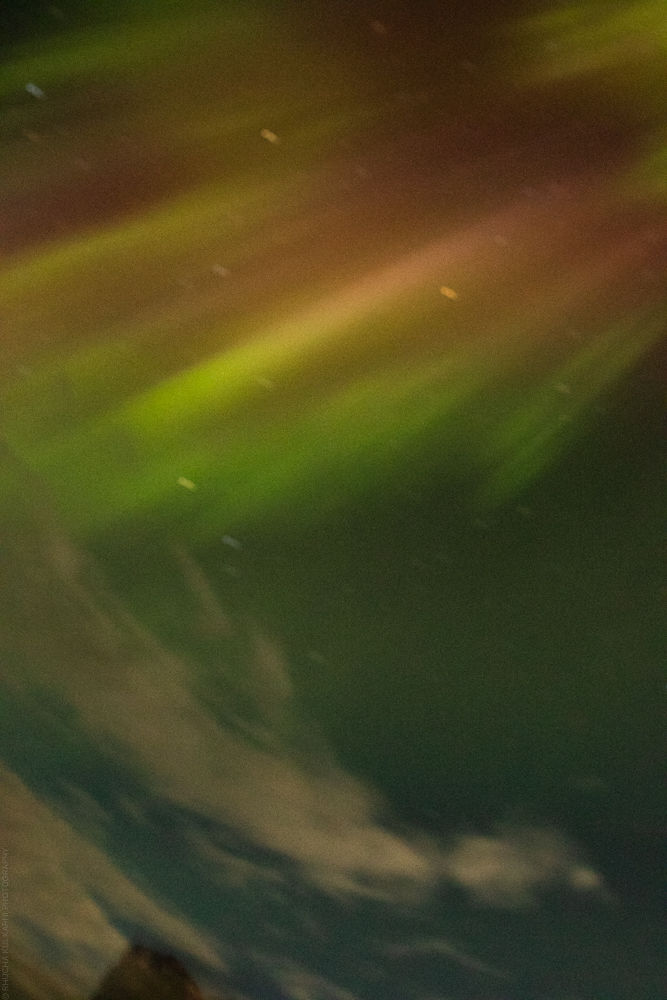
Witnessing the northern lights was a life-changing experience. The magnitude of it all comes together when I sit down and reminisce that moment when we danced along with the skies. This moment is etched in my memory forever for it is a moment that belittles human force in front of mighty nature.
Get travel inspiration from us daily! Save our number and send a Whatsapp message on 9599147110 to begin!
Think we missed out on something? Tell us about it in the comments below. Or write about it here on Tripoto and earn Tripoto Credits!

